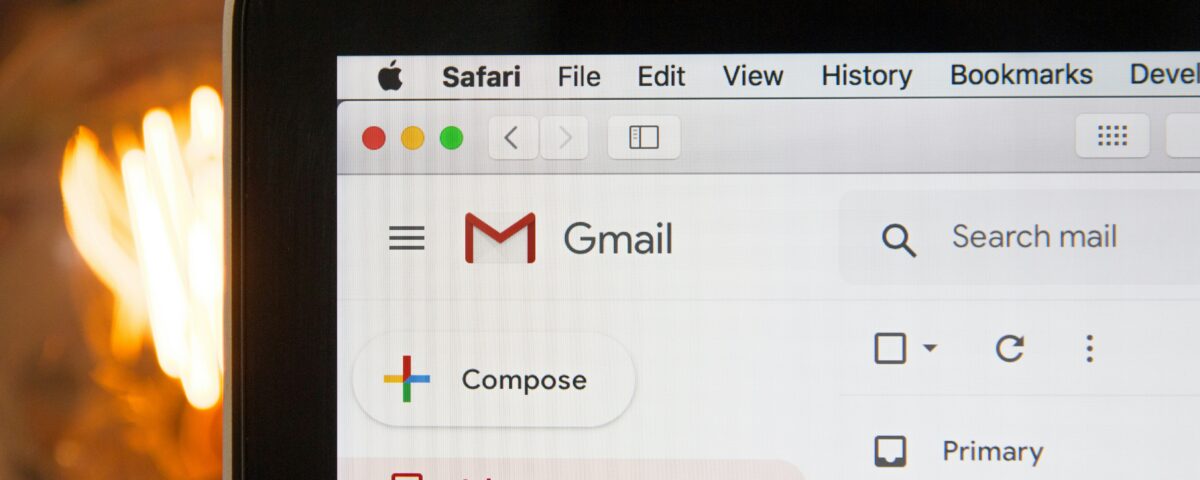Are your emails reaching your audience’s inboxes, or are they getting lost in the dreaded spam folder?
With Google and Yahoo’s latest updates shaking up the email marketing scene, it’s time to ask: are you prepared to navigate these new sender requirements and ensure your messages stand out?
If you have already made changes to accommodate these updates, you are already ahead in the game. If you haven’t and need help implementing Yahoo and Google’s new sender requirements, reach out to us.
Let’s have a look at these requirements and how you can stay in compliance:
What exactly are the new sender requirements?
Here’s a quick overview of the new sender requirements set by Google and Yahoo. From February 2024 onwards, email senders will have to check three boxes:
- Authenticate email origins through DKIM, DMARC, and SPF records.
- Ensure easy unsubscribe options by implementing list-unsubscribe headers and promptly honouring opt-out requests within two days.
- Maintain a low spam complaint rate below 0.03%, avoiding the distribution of spam emails.
Although these requirements aren’t exactly new — these standards have existed as best practices for years but now have been turned into rules. The only new aspect is that Google and Yahoo have decided to enforce them due to increasing spam.
These rules now apply to all email senders, but there are special requirements for bulk sender accounts.
Addressing compliance challenges
We have outlined some of the necessary actions to ensure that individuals and businesses are meeting these new sender requirements:
All Senders
- Maintain low spam rates: It’s essential to continuously monitor and adjust your email practices to ensure that your spam complaint rate remains below the specified threshold
- DMARC authentication: This helps establish trust with recipients by ensuring that emails originating from your domain are genuine and unaltered during transmission.
- Don’t impersonate “From:” headers: Misrepresenting the sender’s identity can lead to confusion, distrust, and potential filtering by email service providers.
- Set Up SPF and DKIM authentication: Properly configuring SPF and DKIM authentication protocols adds an extra layer of security to your email communications.
- Validate DNS records: Ensuring that your DNS records are correctly configured is essential for verifying the legitimacy of your email servers.
- Internet message format standard: Ensures that your emails are structured correctly.
Bulk Senders
Support one-click unsubscribe: A seamless unsubscribe process to improve the overall recipient experience, potentially reducing spam complaints and enhancing engagement rates.
Why should you make these changes?
These steps are required to ensure your email marketing efforts are effective and trustworthy. Because if you aren’t in compliance, your emails can be blocked or sent straight to spam.
Non-compliance may lead to:
- Decreased email delivery rates: Your emails might land directly in the spam folder or be blocked, significantly reducing your reach and impact.
- Damaged sender reputation: If you don’t follow the rules, it can hurt your reputation as a sender. This can make it harder for your emails to reach people in the future, even if they are not Google or Yahoo users.
We have your back
Applying the changes by Gmail and Yahoo can seem difficult, as accommodating all the necessary actions mentioned above will present challenges. Companies with bulk email lists will have to take quick action to meet regulatory standards.
If you don’t follow these rules, it could cause problems with delivery and damage the sender’s reputation.
At AWESEM, we understand the complexities involved in achieving compliance while maintaining email effectiveness. We offer personalised assistance tailored to your specific challenges.
Don’t navigate this journey alone. Reach out to AWESEM today for expert guidance and support in overcoming compliance obstacles. Let’s ensure your email campaigns not only meet regulatory standards but also thrive in delivering impactful messages to your audience.



